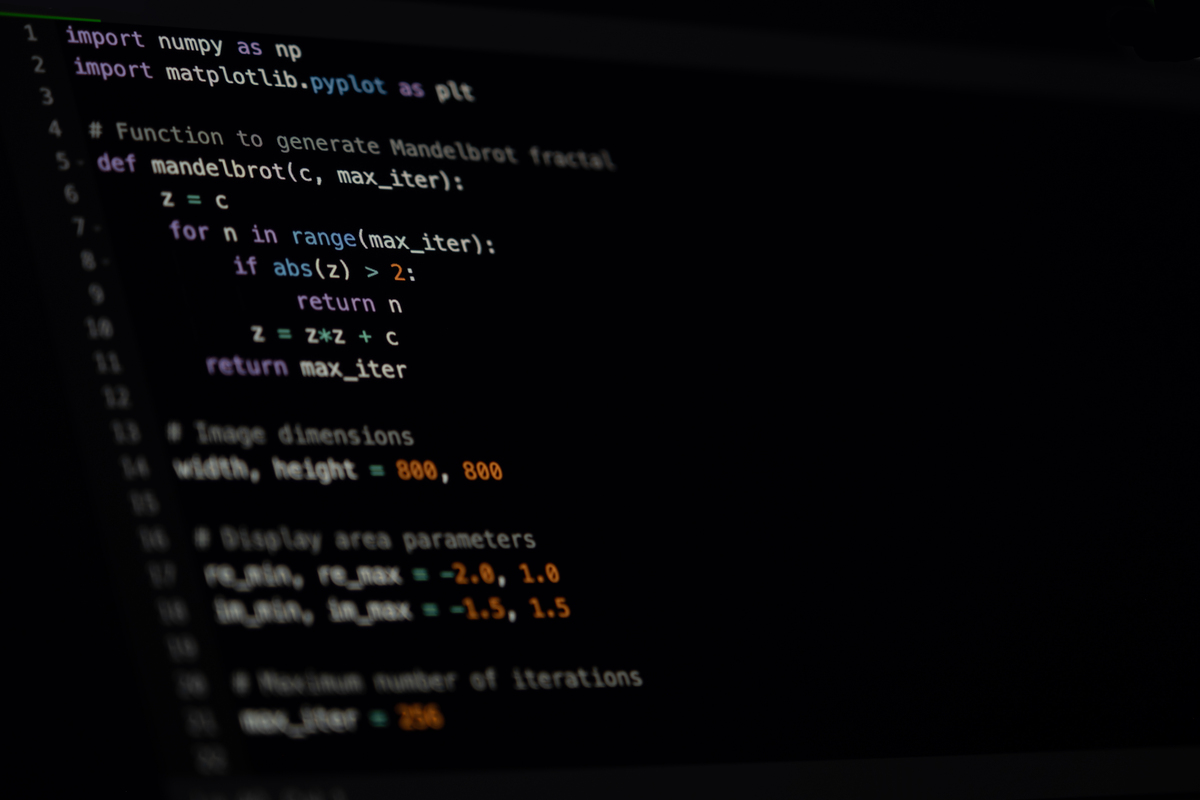OWASP Top 10: Server-Side Request Forgery (SSRF) Explained
OWASP Top 10 Server-Side Request Forgery (SSRF) is a common web application security risk highlighted by the Open Web Application Security Project (OWASP). SSRF allows attackers to craft requests that force the target server to make unauthorized requests. This can lead to various vulnerabilities, including accessing internal resources, attacking internal networks, bypassing access control, and even launching DDoS attacks.
Here are some common examples of SSRF attacks and their corresponding protection measures:
-
Accessing Internal Resources: Attackers can construct specific requests to make the target server access internal resources like databases or file systems.
- Protection: Restrict server access permissions, implement input validation and filtering, and use whitelists to limit accessible resources.
-
Attacking Internal Networks: Attackers can use forged requests to initiate attacks against internal networks from the target server.
- Protection: Limit server access permissions, utilize firewalls, and disable unnecessary services.
-
Bypassing Access Control: Attackers can bypass application access control mechanisms by forging requests to access unauthorized resources.
- Protection: Strengthen access control mechanisms, use authentication tokens, and restrict server access permissions.
-
Attacking Other Applications: Attackers can use forged requests to make the target server attack other applications, such as web applications or databases.
- Protection: Limit server access permissions, use firewalls, and disable unnecessary services.
-
Launching DDoS Attacks: Attackers can flood the target server with forged requests, causing an overload and leading to a denial-of-service condition.
- Protection: Use firewalls, restrict concurrent connections, and monitor server load.
In essence, safeguarding against SSRF attacks involves rigorous input validation and filtering, limiting server access permissions, and using whitelists to control access scope. It's also crucial to regularly review and update application code to address potential security vulnerabilities.

原文地址: https://www.cveoy.top/t/topic/o8s3 著作权归作者所有。请勿转载和采集!